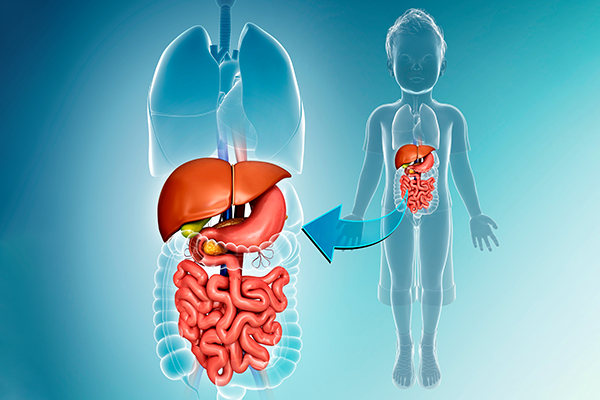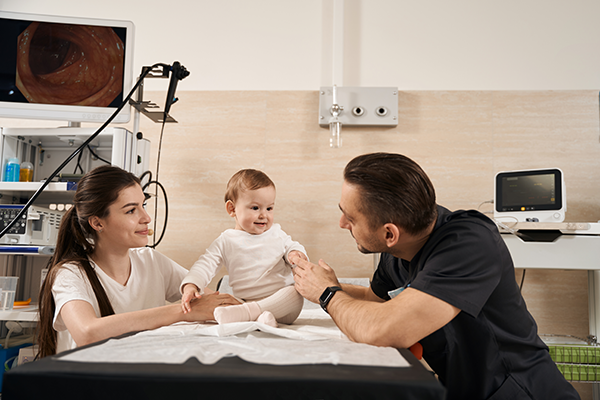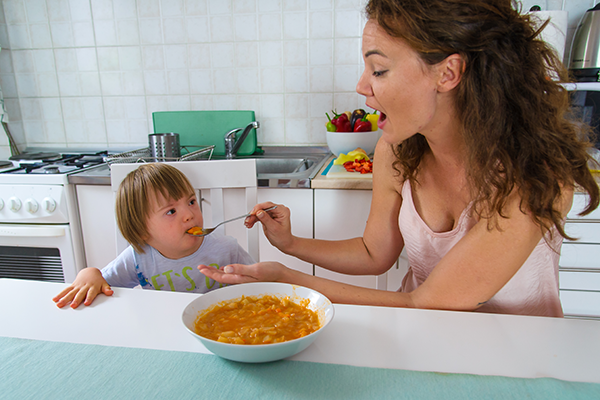Services & Procedures
Services

Motility
For more information regarding our Motility services, please call 727-822-4300.
Feeding Therapy
For more information regarding feeding therapy, please call 727-822-4300.

Obesity
For more information on getting scheduled for Obesity, please call 727-822-4300.

Nutrition
For more information regarding Nutrition, please call 727-822-4300.
Procedures
 Esophagogastroduodenoscopy (EGD with or without Biopsies): This is a diagnostic endoscopic procedure that includes visualization of the oropharynx, esophagus, stomach and the proximal duodenum.
Esophagogastroduodenoscopy (EGD with or without Biopsies): This is a diagnostic endoscopic procedure that includes visualization of the oropharynx, esophagus, stomach and the proximal duodenum.
Colonoscopy (with or without Biopsies): This is a diagnostic procedure that involves an endoscopic examination of the large bowel and distal portion of the small bowel.
EGD with dilation: This procedure involves widening a narrowed section of the esophagus. This normally is performed on patients with difficulty swallowing that is presenting with strictures in the esophagus.
Endoscopic electrocautry, heat ablation and laser therapy of bleeding lesions in the stomach, duodenum and colon: This procedure is done to manage an upper GI bleed.
Endoscopic polypectomy: The physician will inject fluid underneath of the polyp to gently lift off of the wall of the colon and then will remove it using a snare device and cautery.
Esophageal variceal sclerotherapy and variceal banding: Variceal sclerotherapy is a technique involving insertion of a flexible fiberoptic endoscope into the esophagus, and the injection of a sclerosing agent or solution into the varicosities to control bleeding. Variceal banding is when the physician uses suction to pull the varices into a chamber at the end of the scope and wraps them with an elastic band.
EGD w/ Foreign Body Removal: This procedure involves using an endoscope; the physician will pass the scope through the mouth and into the esophagus to see the obstruction. Using the instruments, the physician can then remove the foreign body.
Gastojejunostomy tube placements: minimally invasive, image guided technique used to place a feeding catheter through an existing hole in the stomach (gastromony) into the small bowel (jejunum).
Percutaneous endoscopic gastrostomy (PEG): This is a procedure in which a tube is passed into the patients stomach through the abdominal wall to provide means of nutrition if the patient has poor oral intake.
Percutaneous liver biopsy: a procedure where a needle is introduced through the skin and, eventually, liver tissue to obtain a specimen to help aid in the diagnosis, staging, and/or the development of treatment modalities for a variety of liver disorders.
Prolonged intraesophageal pH monitoring: A PH Probe is used to monitor how much stomach acid is entering the esophagus (reflux) over a 48h – 96h time period.
Video capsule endoscopy: is a procedure that uses a tiny wireless camera (pill shaped) to take pictures of the organs in the body that food and liquids travel through.
Endoscopic retrograde cholangiopanecraticography (ERCP):is a technique that combines the use of endoscopy and fluoroscopy to diagnose and treat certain problems of the biliary or pancreatic ductal systems.

